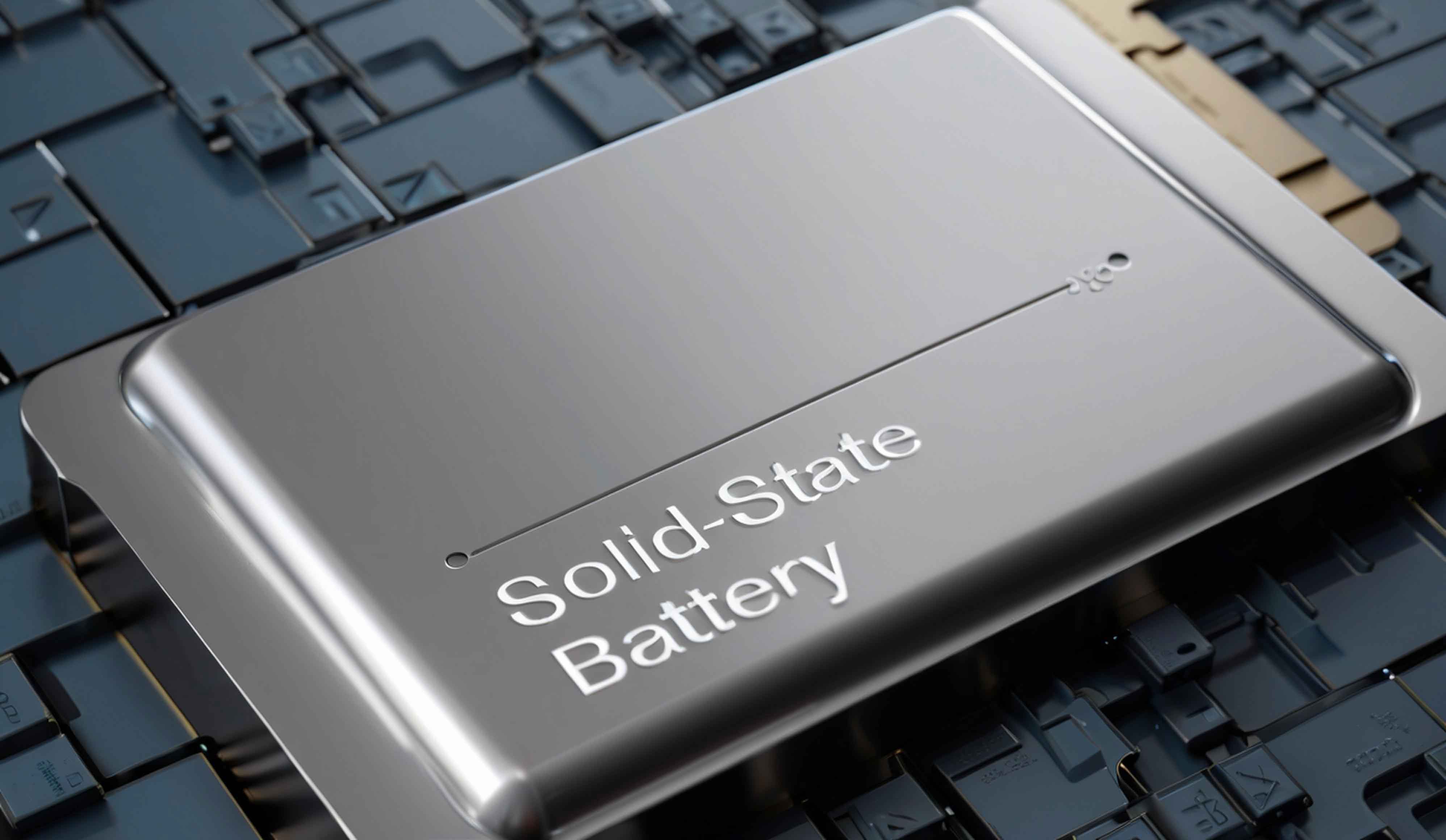Introduction
The transition from conventional lithium-ion batteries to solid-state batteries represents a paradigm shift in energy storage technology. Central to this evolution are sulfide solid electrolytes (SSEs), which offer unparalleled ionic conductivities (approaching or exceeding 10⁻² S·cm⁻¹ at room temperature) and mechanical flexibility. Traditional synthesis methods, such as solid-state sintering and high-energy ball milling, face limitations in scalability, energy consumption, and particle size control. In contrast, liquid-phase synthesis emerges as a scalable, energy-efficient alternative, enabling precise control over electrolyte morphology and crystallinity. This article comprehensively reviews recent advances in liquid-phase synthesis of sulfide SSEs, their structural characteristics, reaction mechanisms, solvent effects, and applications in solid-state batteries.

Crystal Structures and Ion Transport Mechanisms
Sulfide SSEs are classified into three primary categories based on composition and structure:
- Li₂S-P₂S₅ Binary Systems
- Li₇P₃S₁₁: Exhibits a 3D lithium diffusion network with alternating PS₄³⁻ and P₂S₇⁴⁻ units. Room-temperature ionic conductivity: ~1.7×10⁻² S·cm⁻¹.
- Li₃PS₄: Exists in polymorphic forms (α, β, γ, δ), with β-Li₃PS₄ showing the highest conductivity (5.09×10⁻⁴ S·cm⁻¹).
- Li₁₀GeP₂S₁₂ (LGPS)
- Tetragonal structure with interconnected LiS₄ tetrahedra and LiS₆ octahedra. Conductivity: 1.2×10⁻² S·cm⁻¹.
- Li₆PS₅X (X = Cl, Br, I) Argyrodites
- Cubic frameworks with PS₄³⁻ tetrahedra and halogen anions. Conductivity ranges: 10⁻³–10⁻² S·cm⁻¹.
The ion transport mechanism in argyrodites involves three pathways:
- Intra-cage hopping (Li⁺ between 24g and 48h sites).
- Inter-cage migration (Li⁺ across adjacent cages).
Liquid-Phase Synthesis Strategies
Liquid-phase methods are categorized based on precursor solubility:
1. Suspension-Type Synthesis
- Process: Insoluble precursors (e.g., Li₂S, P₂S₅) are dispersed in solvents (e.g., THF, ACN).
- Example:Li2S+P2S5THFLi3PS4⋅3THFΔβ-Li3PS4Ionic conductivity: 1.6×10⁻⁴ S·cm⁻¹.
2. Solution-Type Synthesis
- Process: Fully dissolved precursors form homogeneous solutions.
- Example: Ethanol dissolves Li₃PS₄ and Li₂S to synthesize Li₇PS₆ (1.1×10⁻⁴ S·cm⁻¹).
3. Mixed-Type Synthesis
- Process: Partial dissolution of precursors (e.g., LiCl in EA).
- Example:Li2S+LiCl+P2S5EALi6PS5Cl(1.1×10−3 S\cdotpcm−1)
Table 1: Ionic Conductivities of Liquid-Phase Synthesized SSEs
| SSE Composition | Solvent | Conductivity (S·cm⁻¹) | Synthesis Type |
|---|---|---|---|
| Li₃PS₄ | THF | 1.6×10⁻⁴ | Suspension |
| Li₇P₃S₁₁ | ACN | 1.0×10⁻³ | Suspension |
| Li₆PS₅Cl | EA | 1.1×10⁻³ | Mixed |
| Li₁₀GeP₂S₁₂ | EDA-EDT | 7.4×10⁻⁴ | Solution |
Solvent Effects on SSE Properties
1. Purity and Impurities
- Polar solvents (e.g., ACN) minimize side reactions but may leave carbon residues.
- Ethanol reacts with P₂S₅ to form Li₃PO₄ impurities, reducing conductivity.
2. Morphology Control
- THF: Produces nanoporous β-Li₃PS₄ (100–500 nm).
- EA: Yields rod-like Li₆PS₅Cl (20–30 μm length).
3. Crystallinity
Solvent polarity (δP) correlates with crystallinity:Crystallinity order: EA > IPA > PA > BA
Applications in Solid-State Batteries
1. Electrolyte Coating on Electrodes
- LiCoO₂ coated with Li₆PS₅Cl: Capacity retention improves from 45 to 160 mAh·g⁻¹.
2. Composite Electrodes
- Li₇P₃S₁₁@Co₉S₈: Delivers 421 mAh·g⁻¹ after 1,000 cycles at 1.27 mA·cm⁻².
3. 3D Porous Electrodes
- Sulfur-C/LGPS composites: Achieve >1,500 mAh·g⁻¹ via THF infiltration.
4. Elemental Doping
- Sn-doped Li₆PS₅Br: Conductivity increases to 2.0×10⁻³ S·cm⁻¹.
Table 2: Performance of SSE-Based Solid-State Batteries
| Electrode Configuration | Capacity (mAh·g⁻¹) | Cycle Stability |
|---|---|---|
| LiCoO₂/Li₆PS₅Cl/Li-In | 141 | 80% after 50 cycles |
| Li₂S/OMC/Li₆PS₅Cl | 1,083 | 503 mAh·g⁻¹ at 2C |
| Si/Li₆PS₅Cl | 364 | >3,000 cycles |
Challenges and Future Directions
- Reaction Mechanism Elucidation: In-situ studies (e.g., XRD, Raman) are needed to resolve intermediate phases.
- Solvent Optimization: Low-toxicity, high-boiling-point solvents (e.g., propylene carbonate) should be explored.
- Scalability: Continuous-flow reactors could enhance production throughput.
- Interface Engineering: Atomic-layer deposition (ALD) may mitigate interfacial resistance.
Conclusion
Liquid-phase synthesis of sulfide SSEs has revolutionized the development of solid-state batteries, offering a scalable pathway to high-performance electrolytes. By tailoring solvent systems and reaction conditions, researchers can optimize ionic conductivity, interfacial compatibility, and mechanical stability. Future advancements hinge on interdisciplinary efforts in materials chemistry, process engineering, and device integration to realize the full potential of solid-state batteries for electric vehicles and grid storage.
